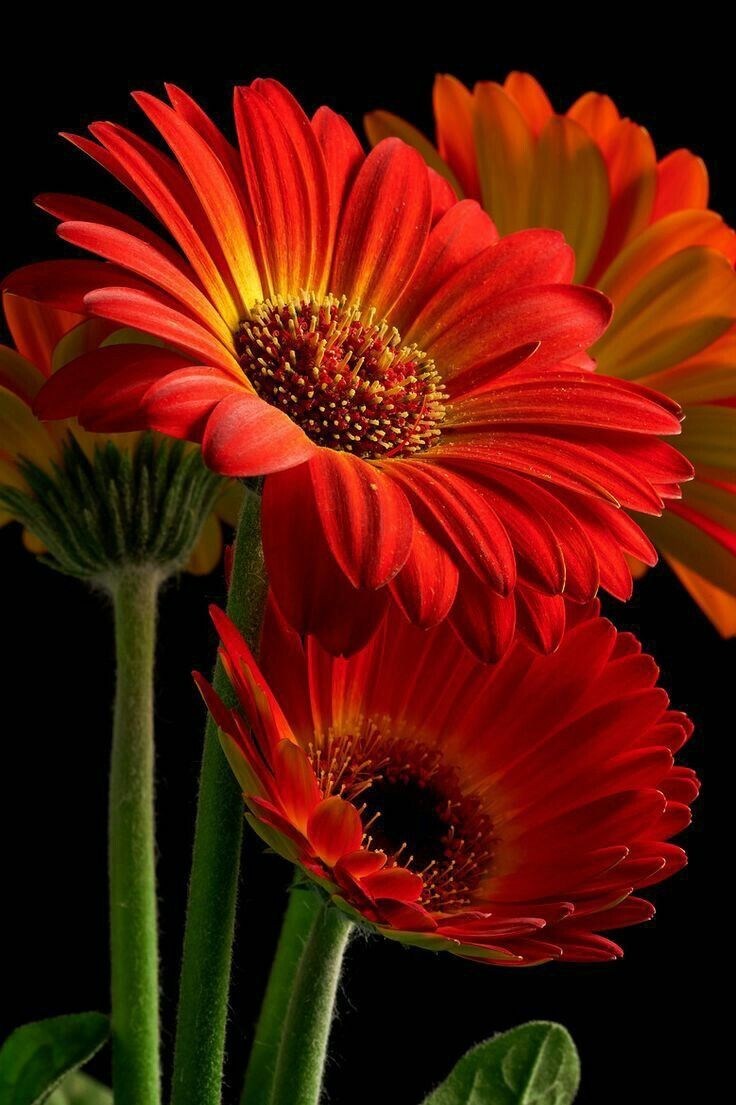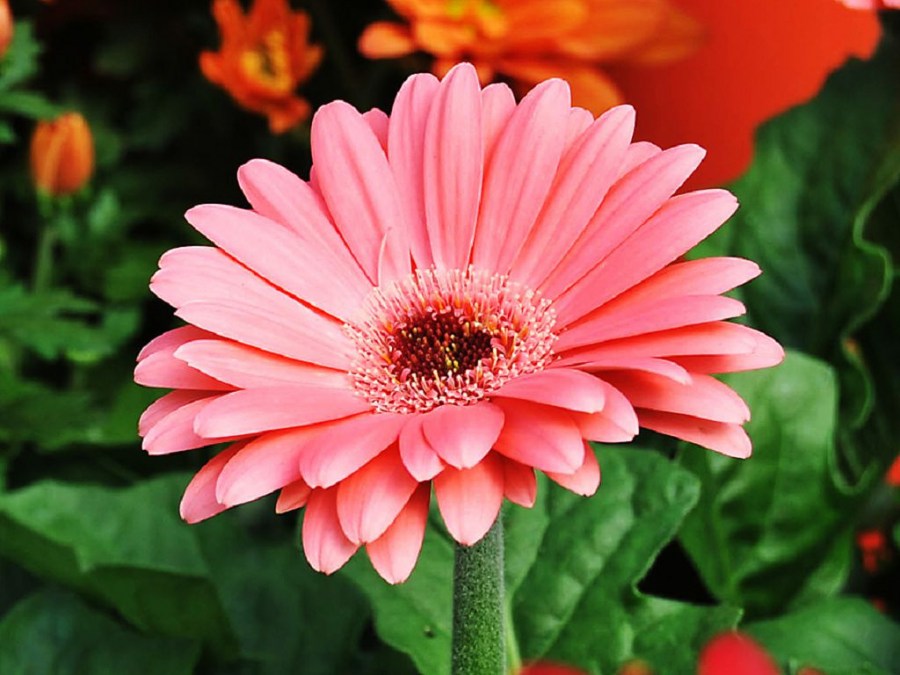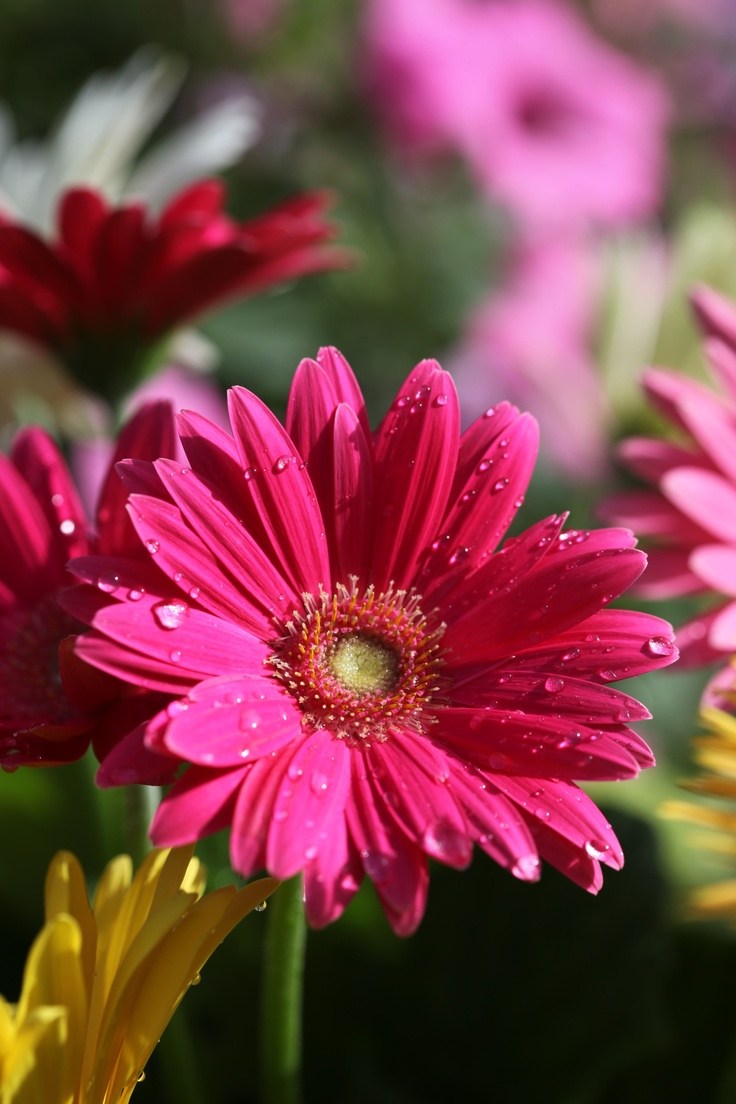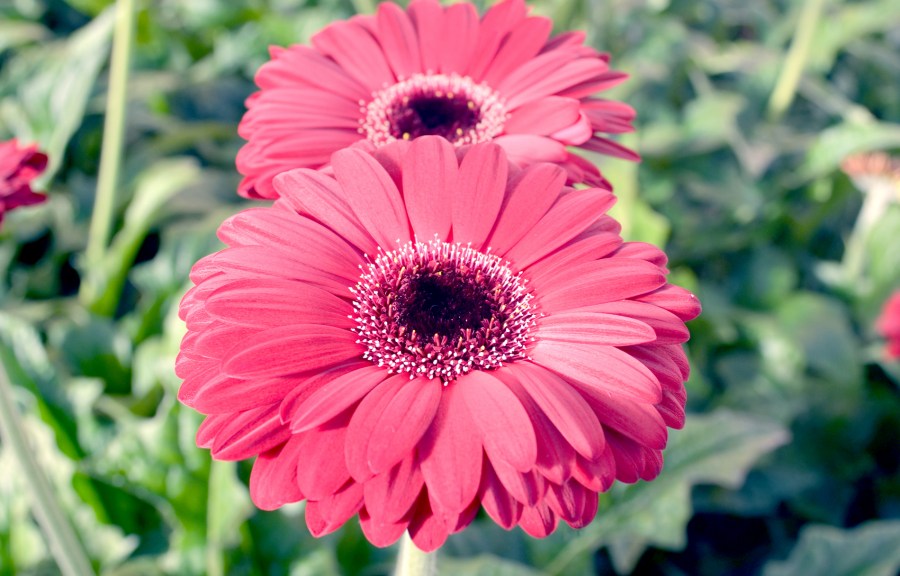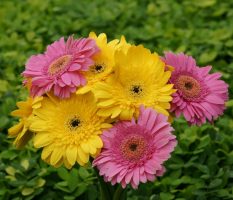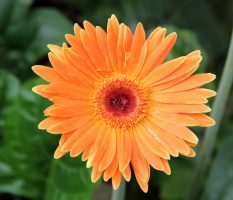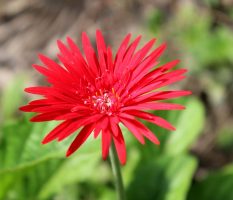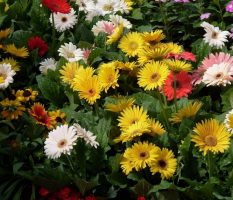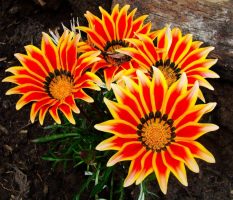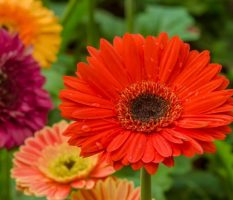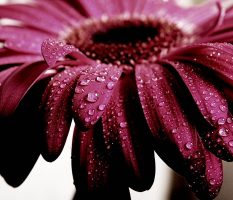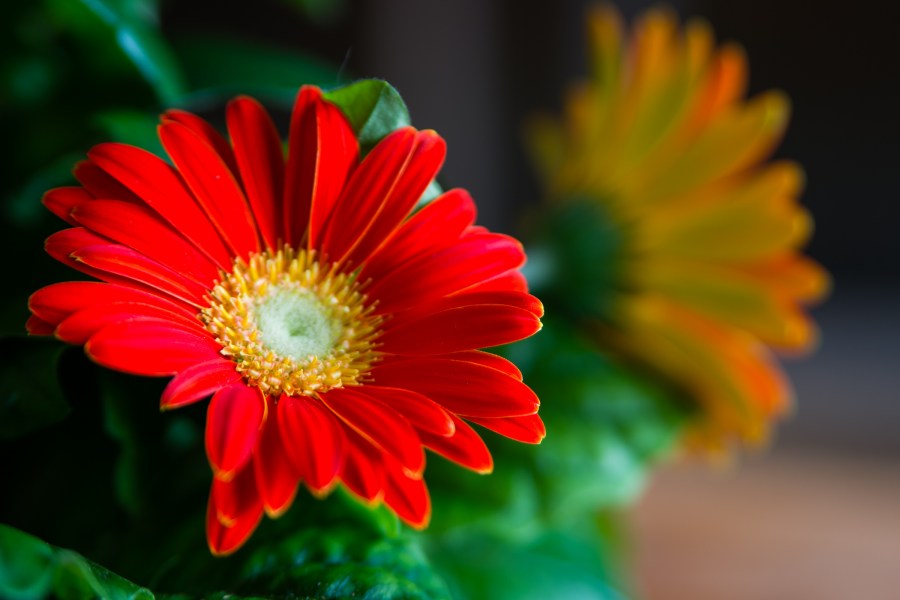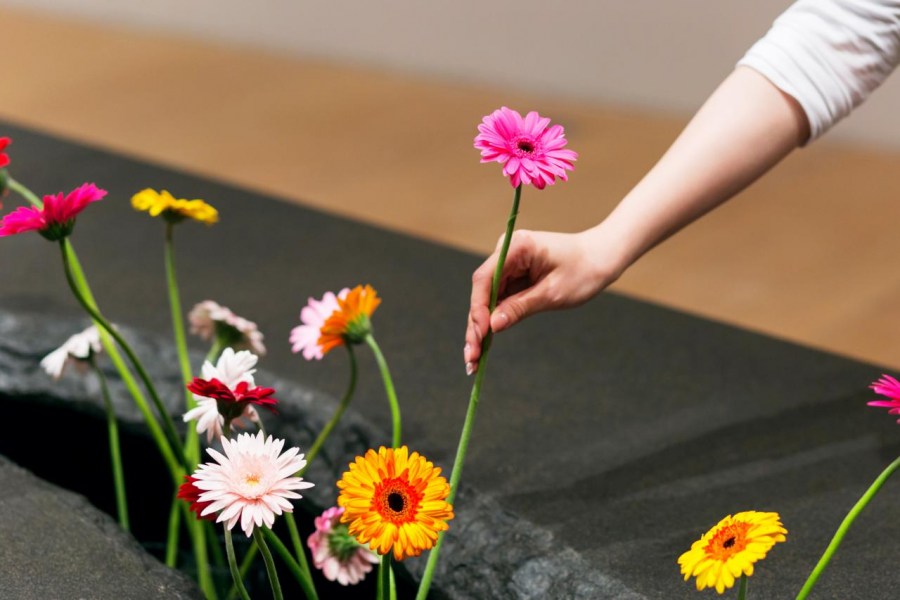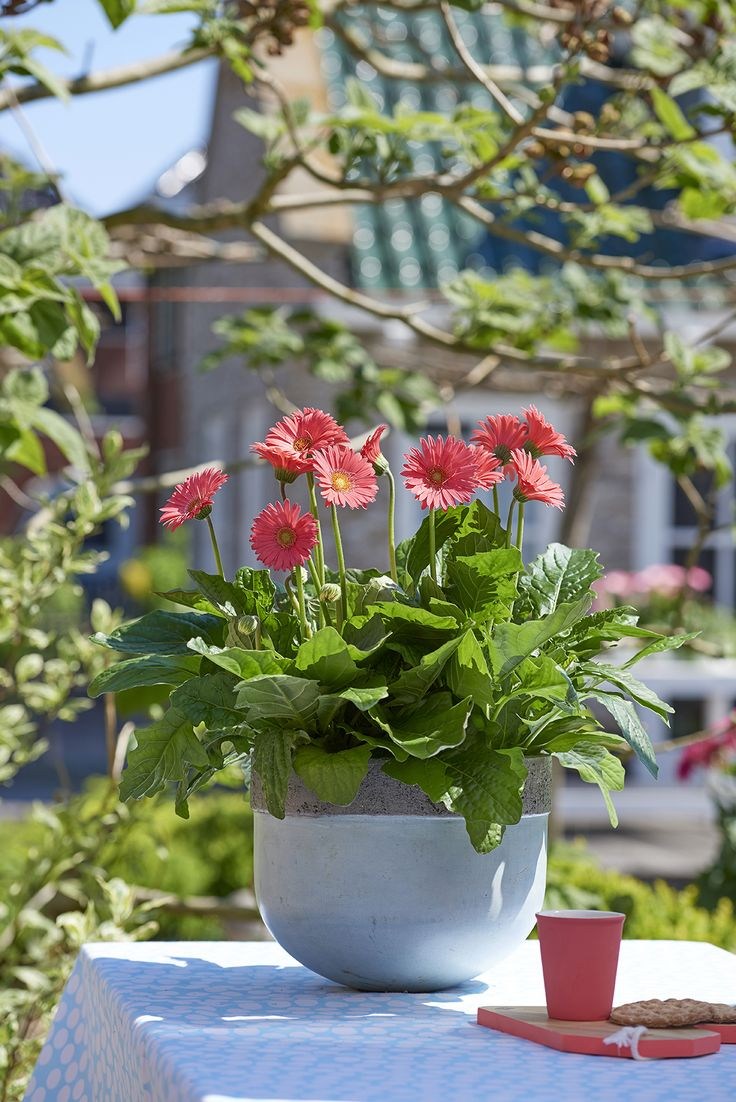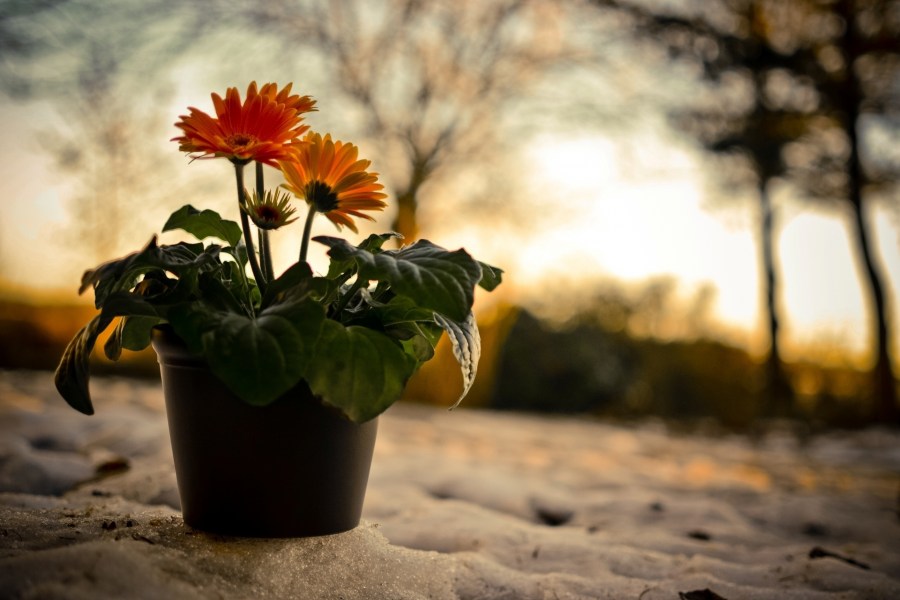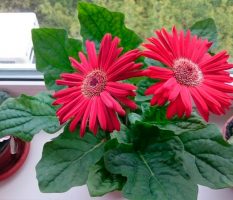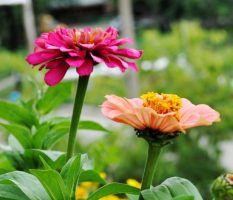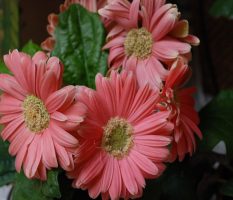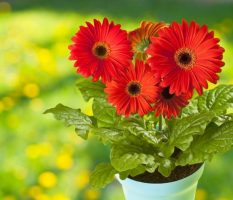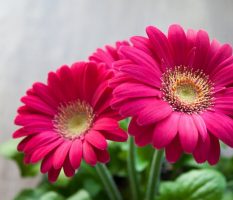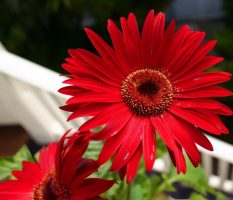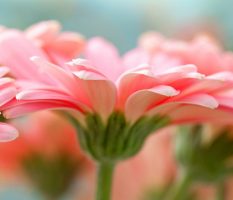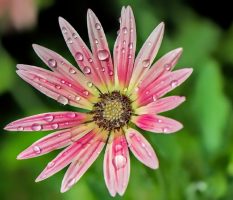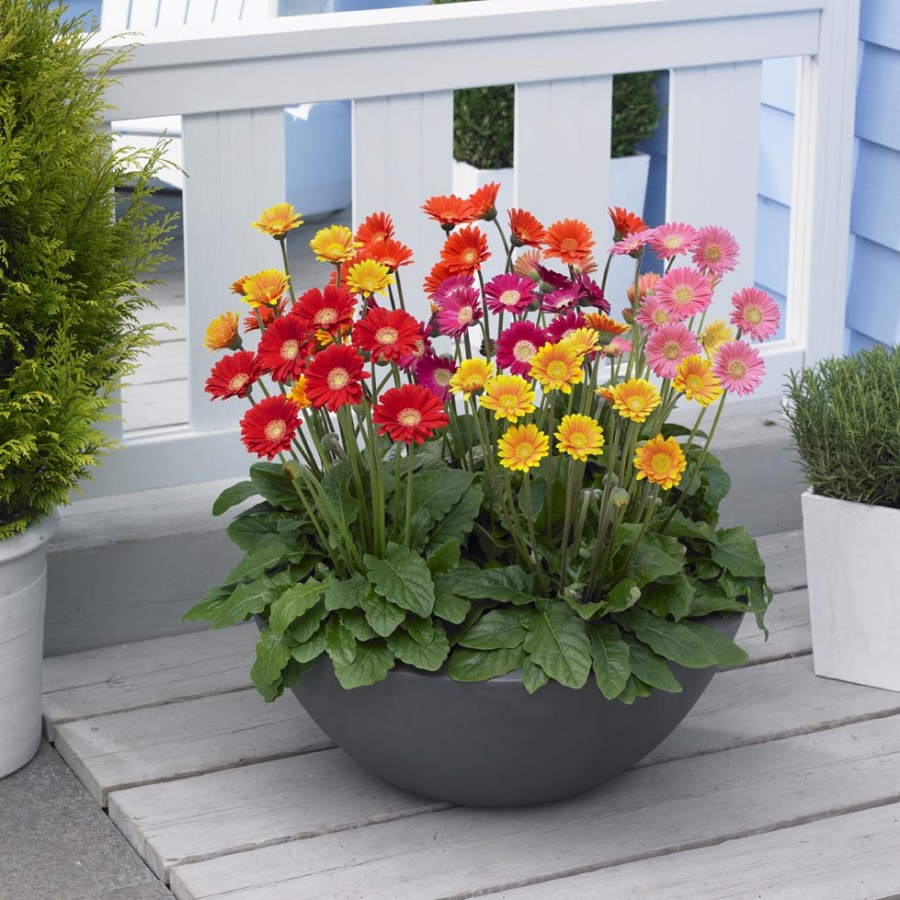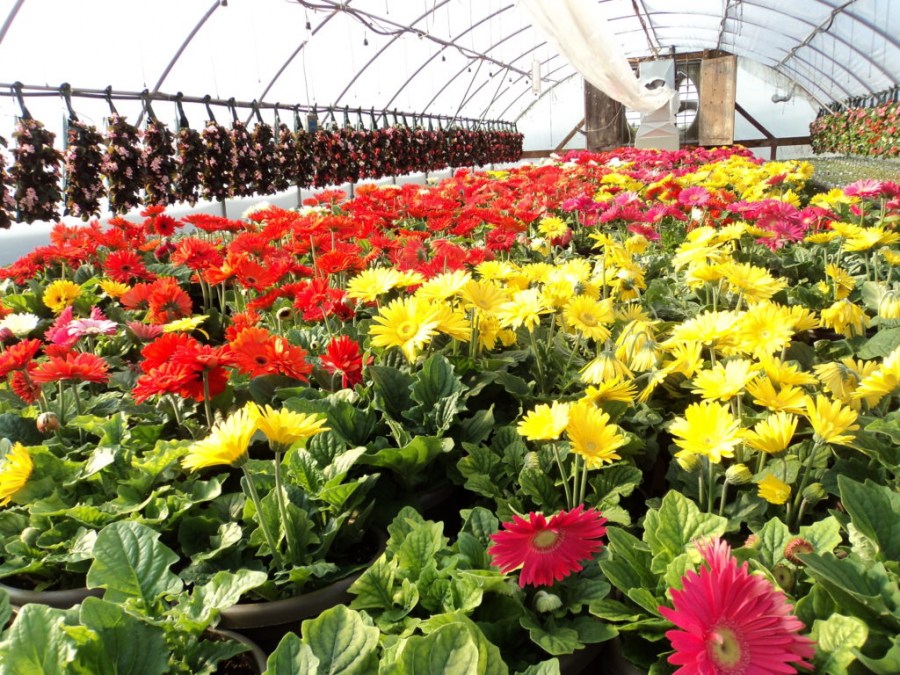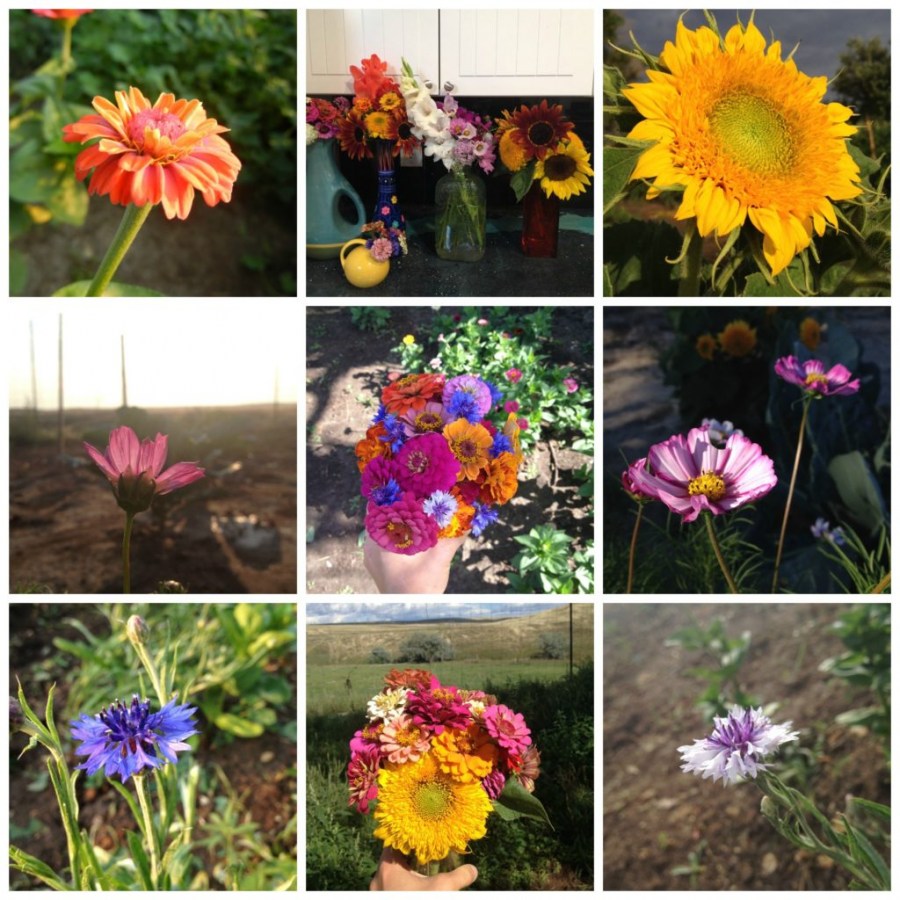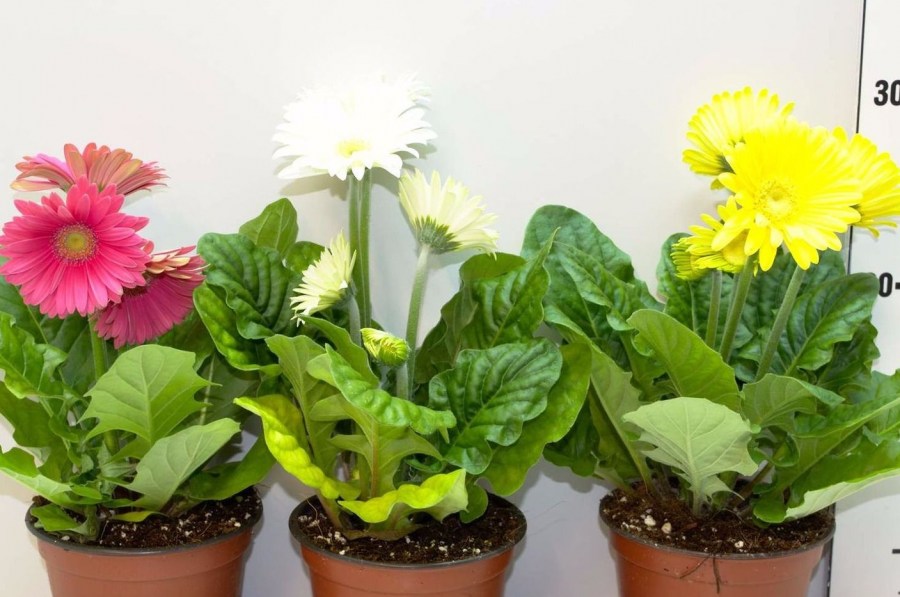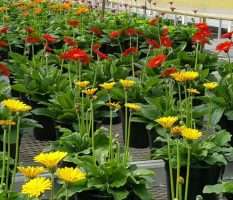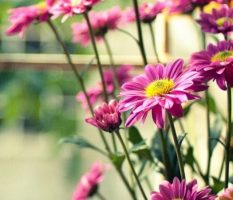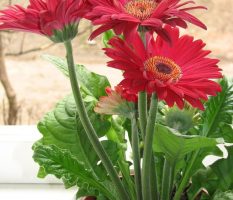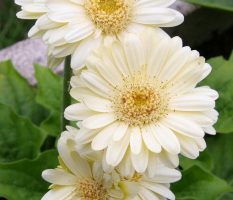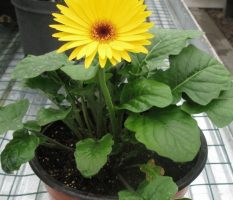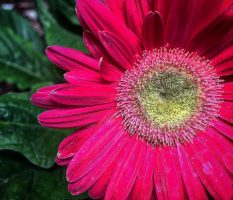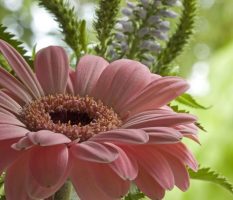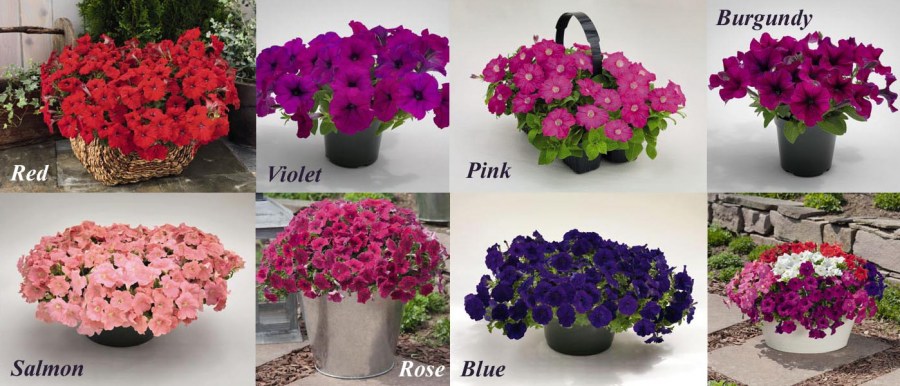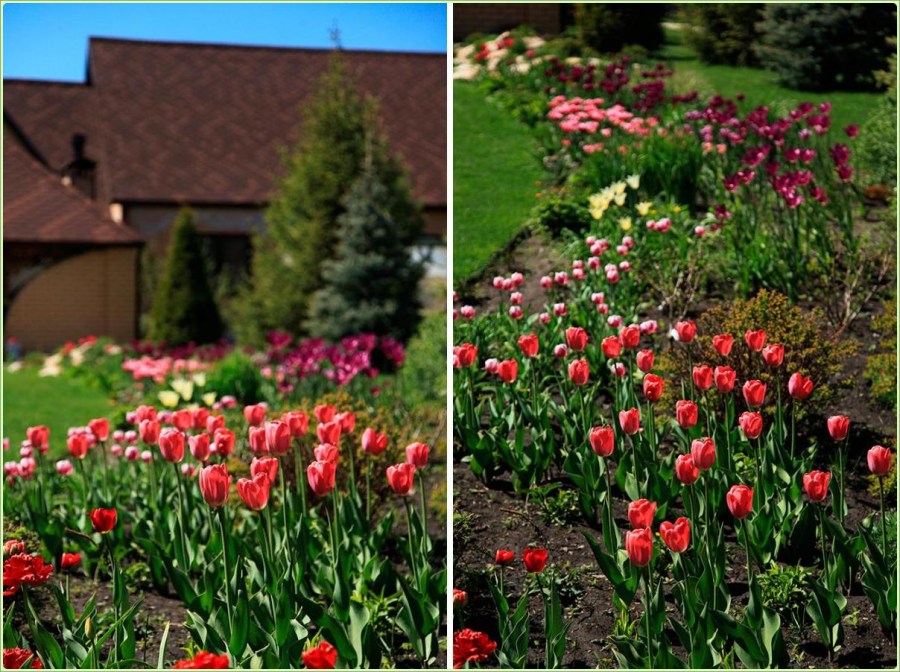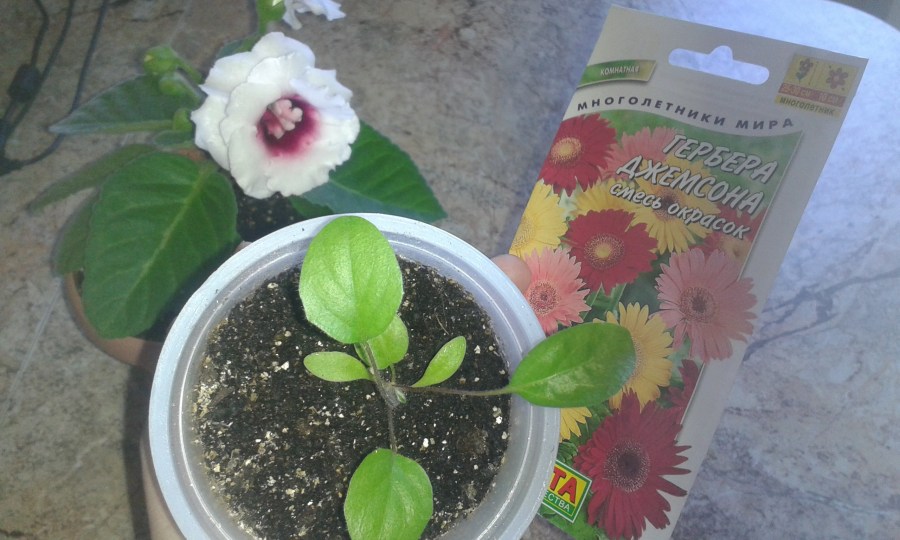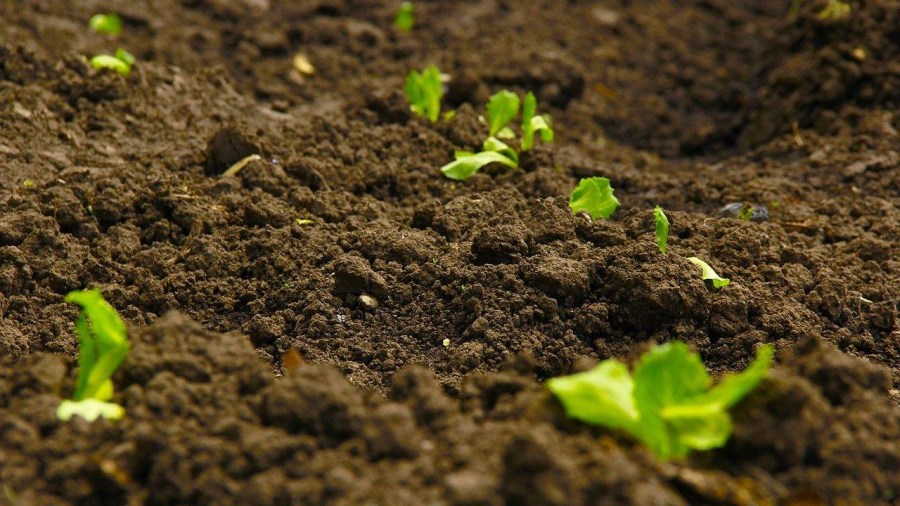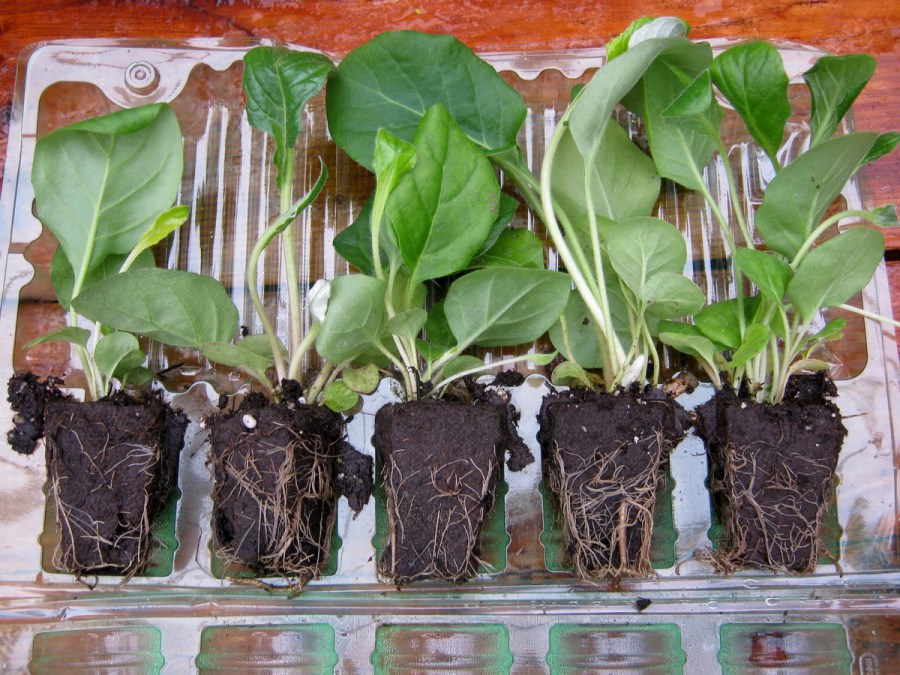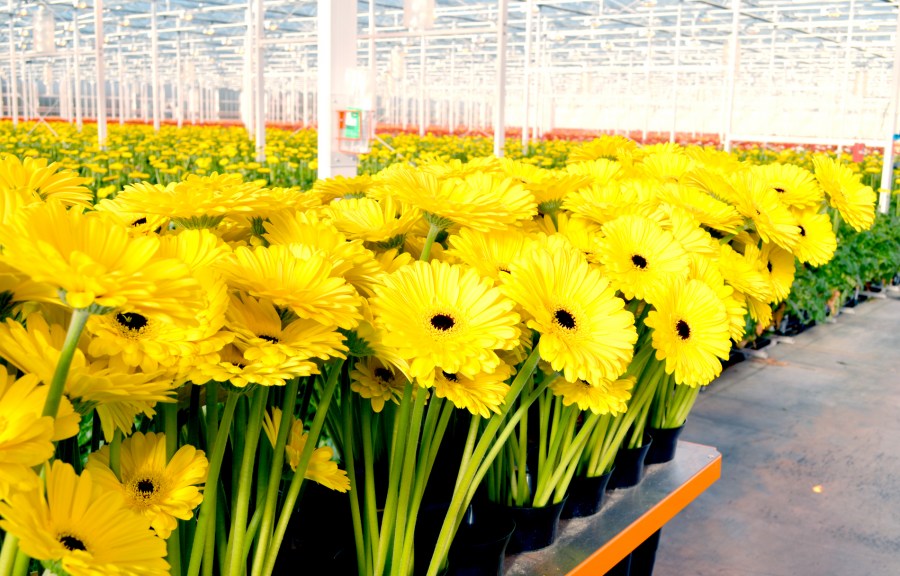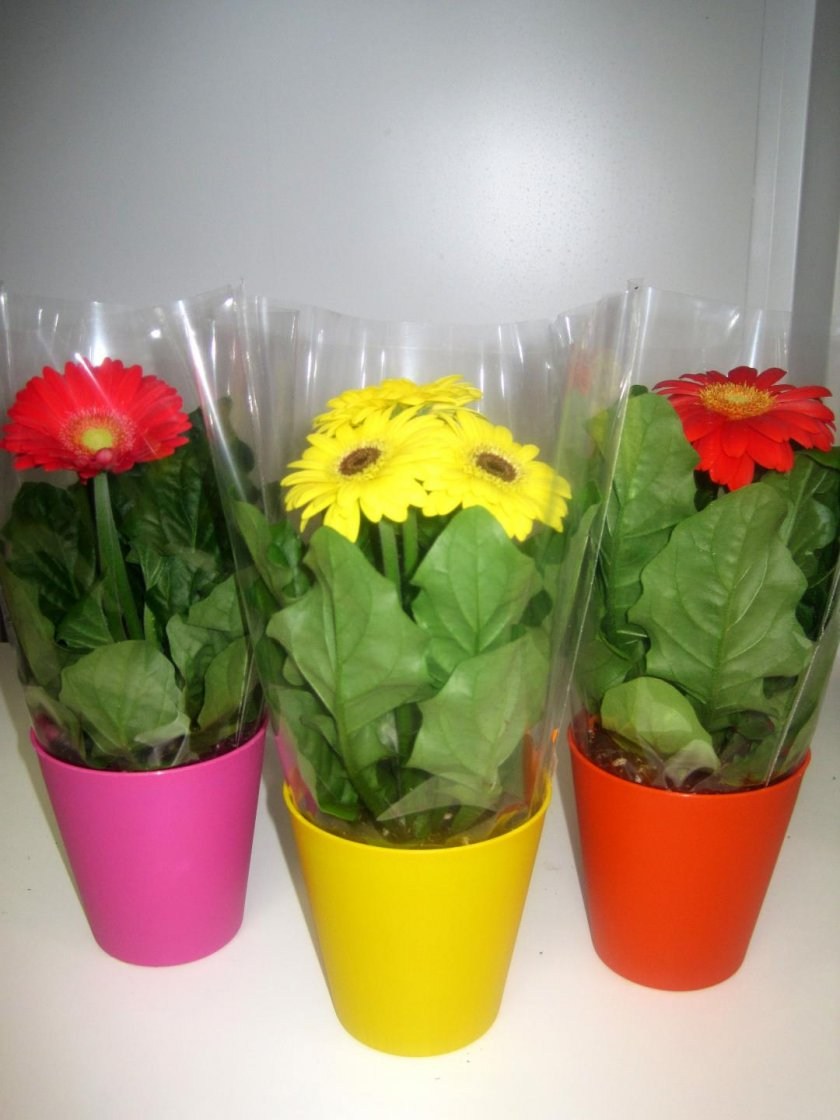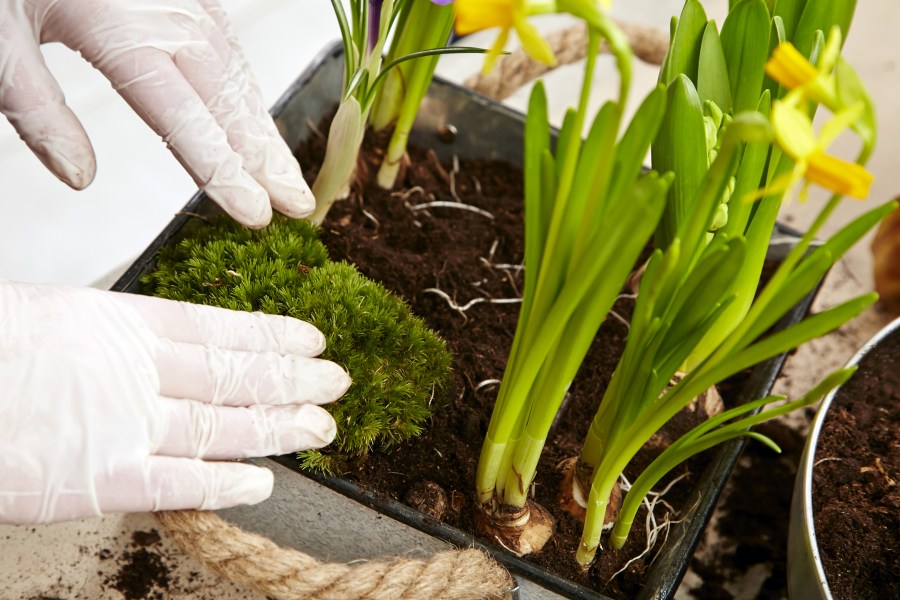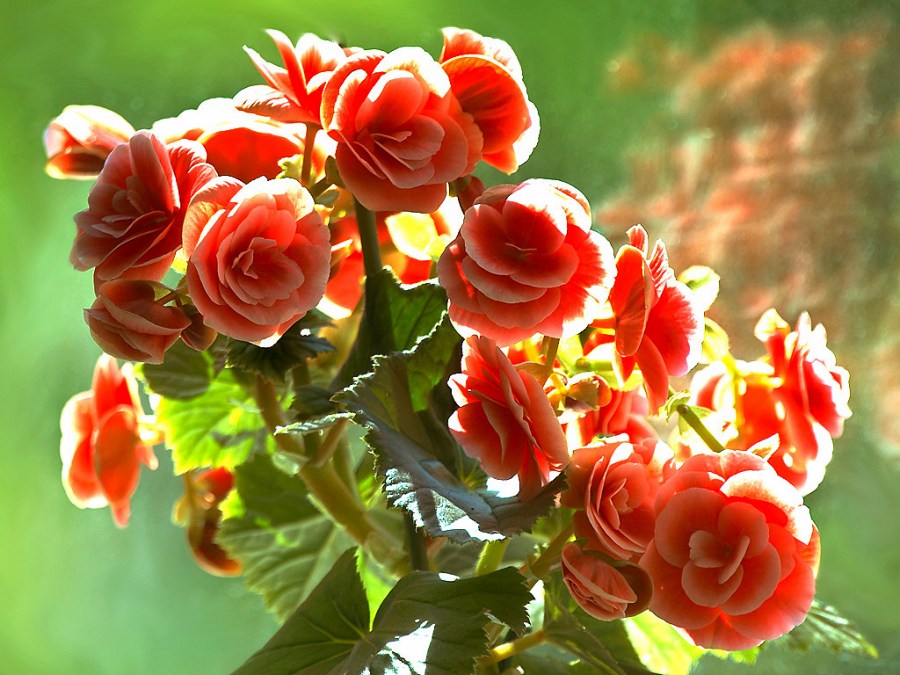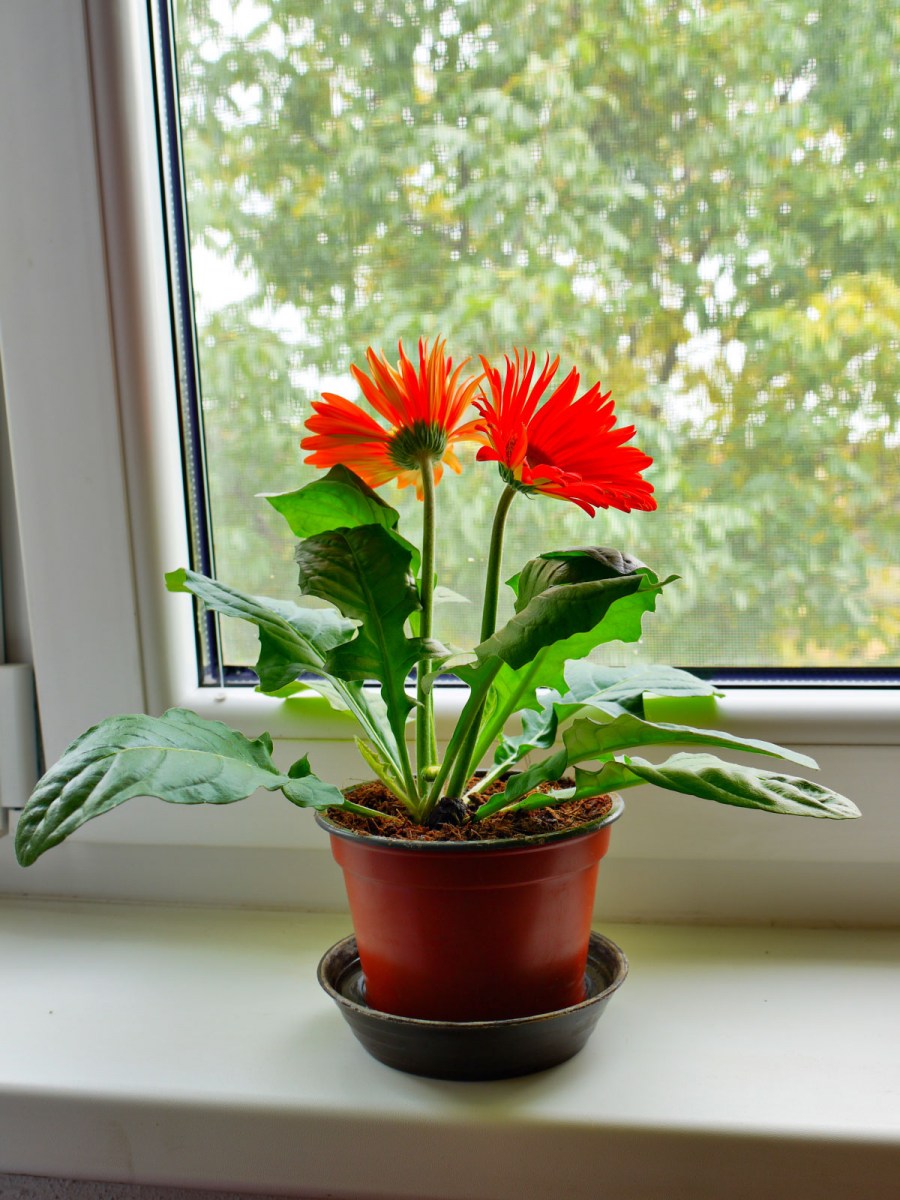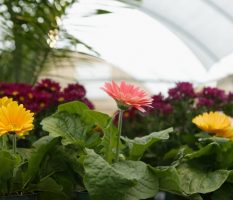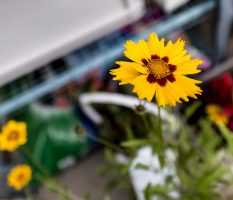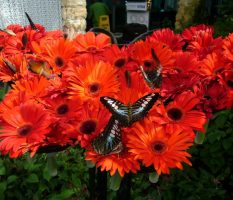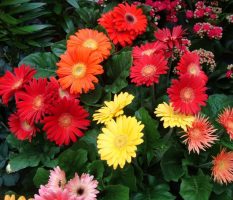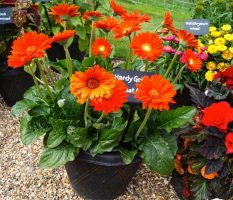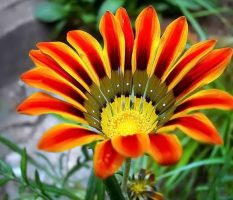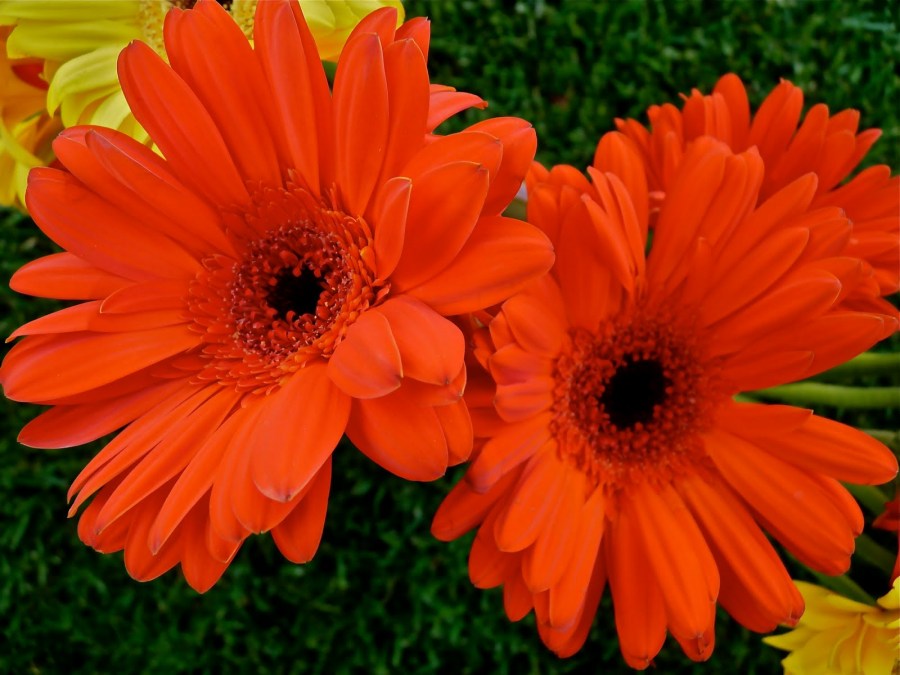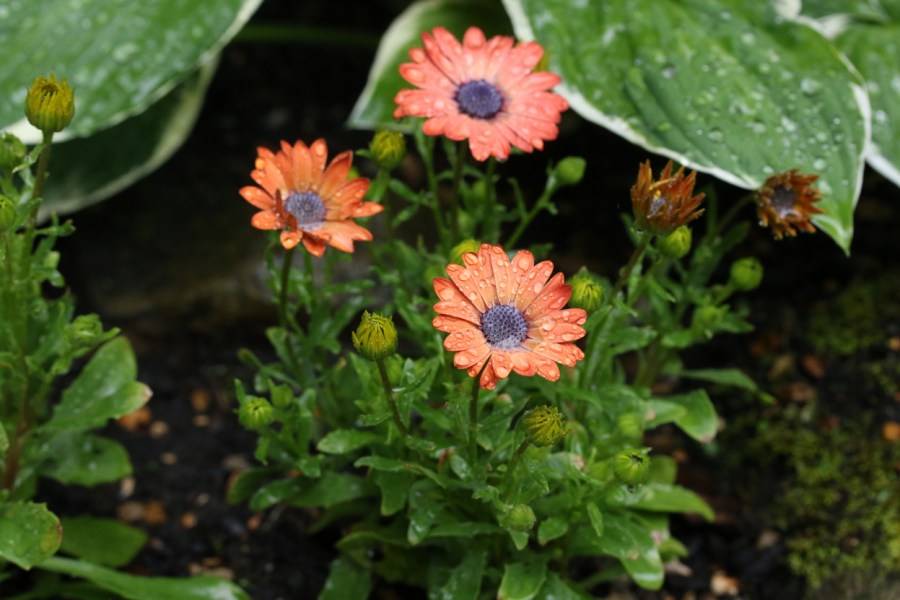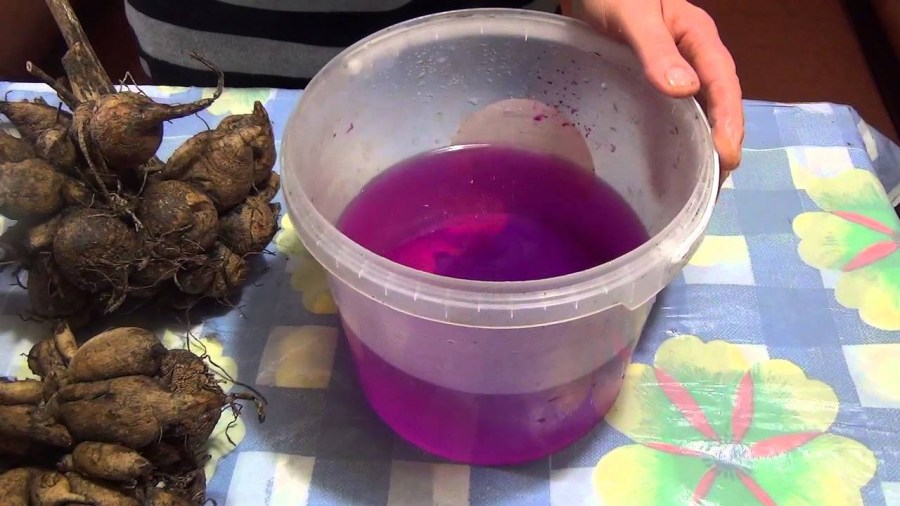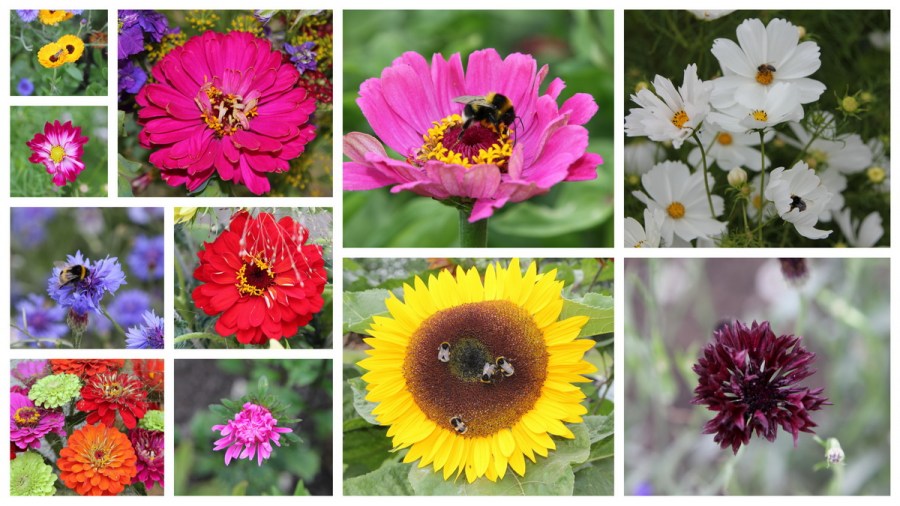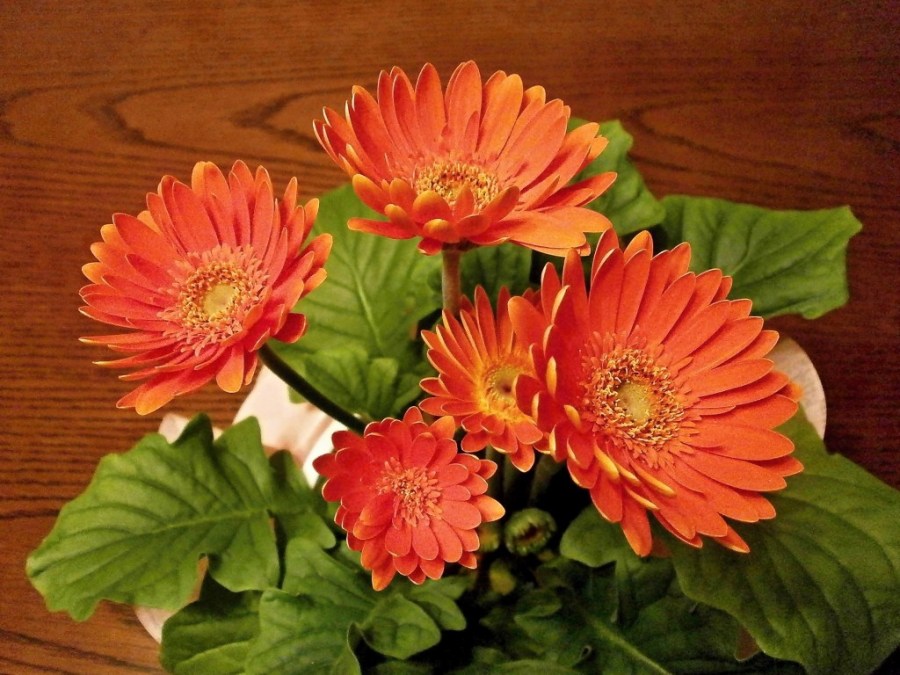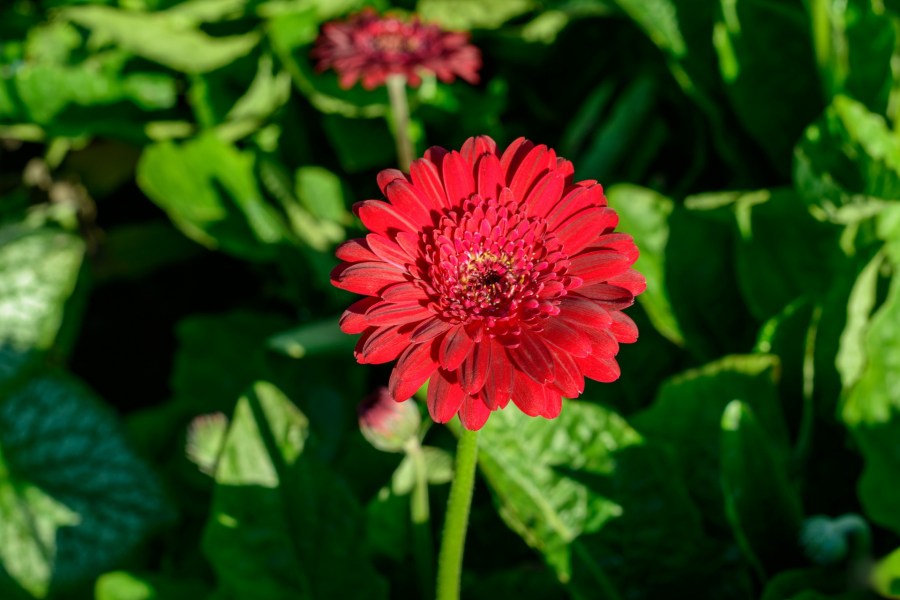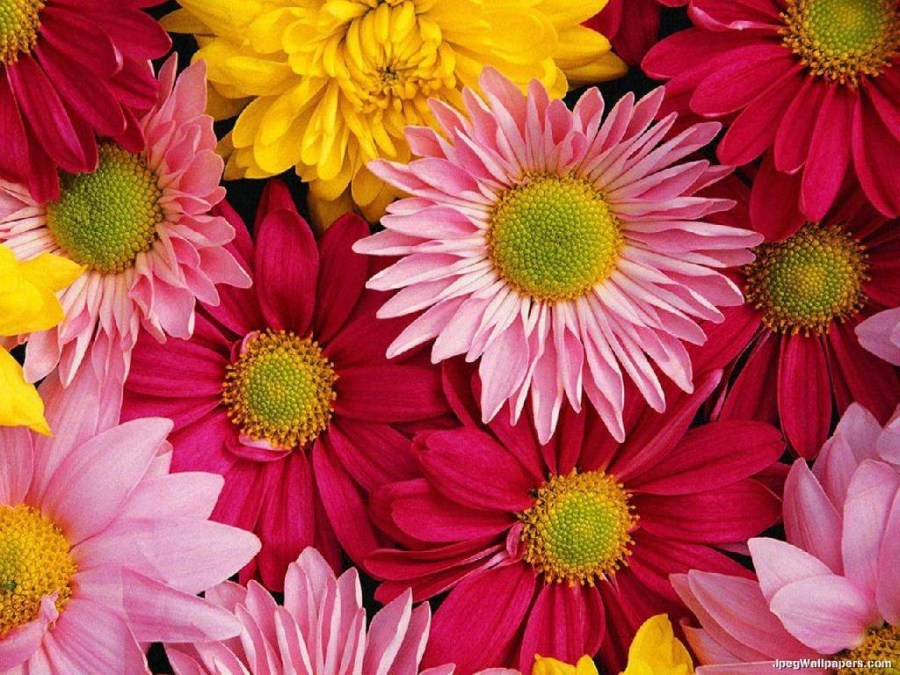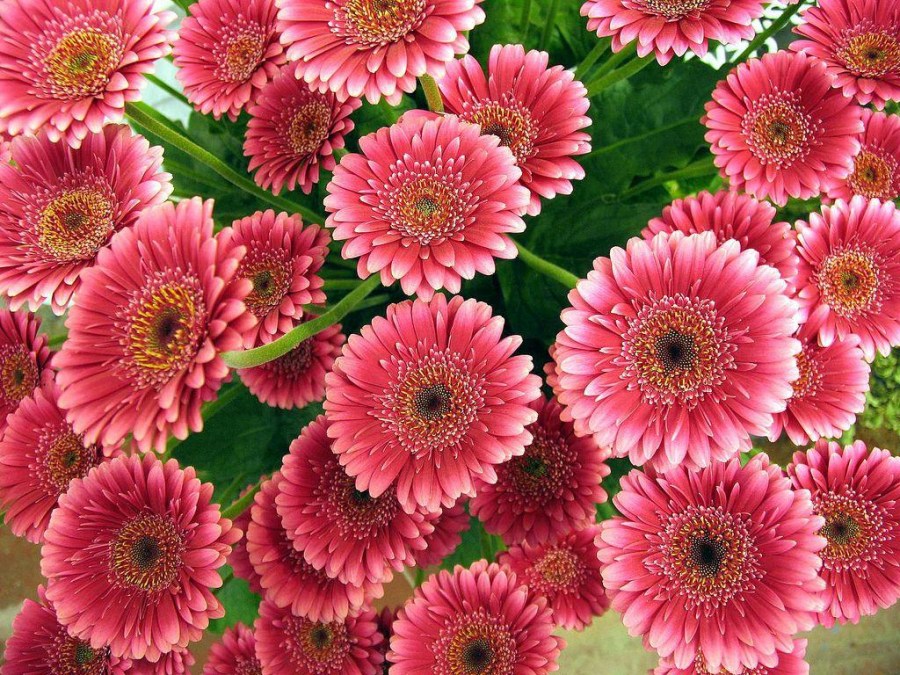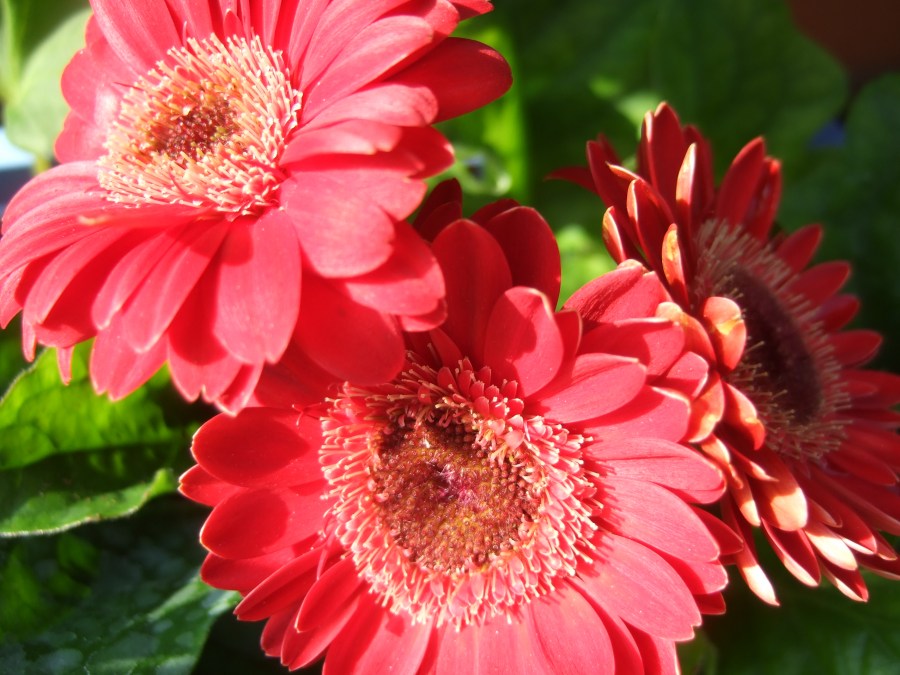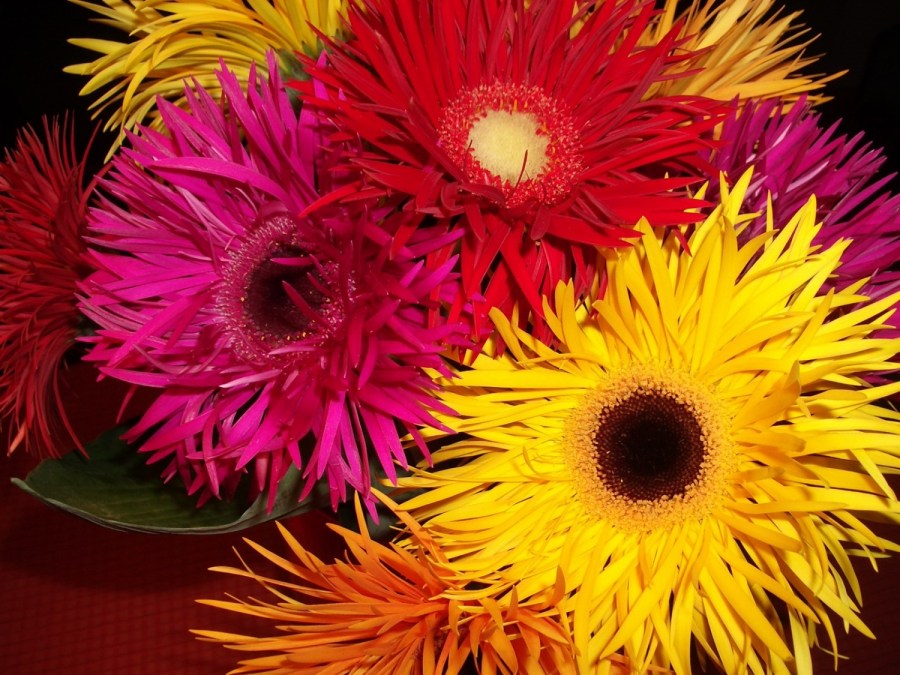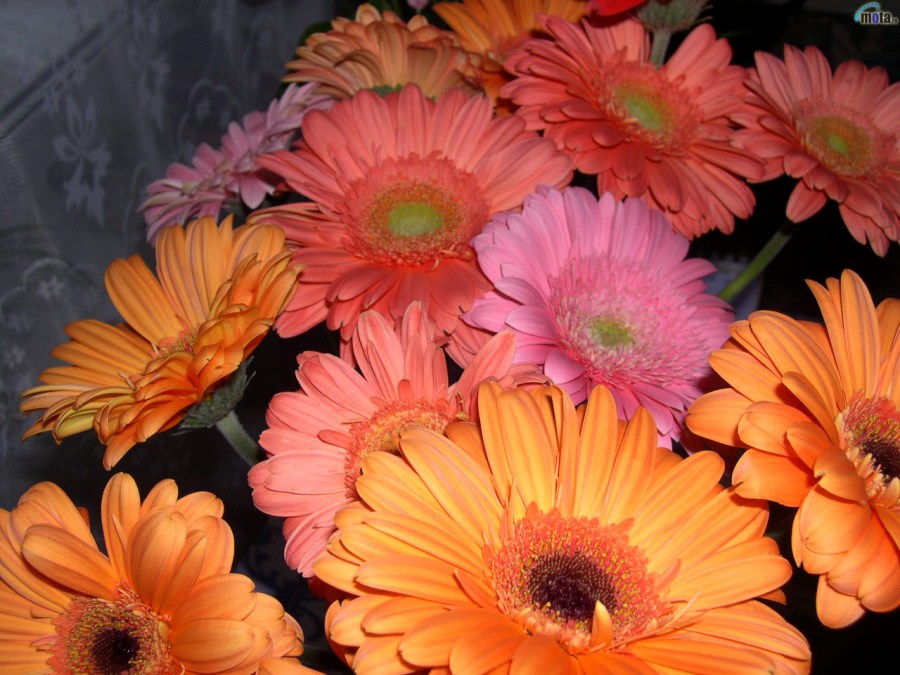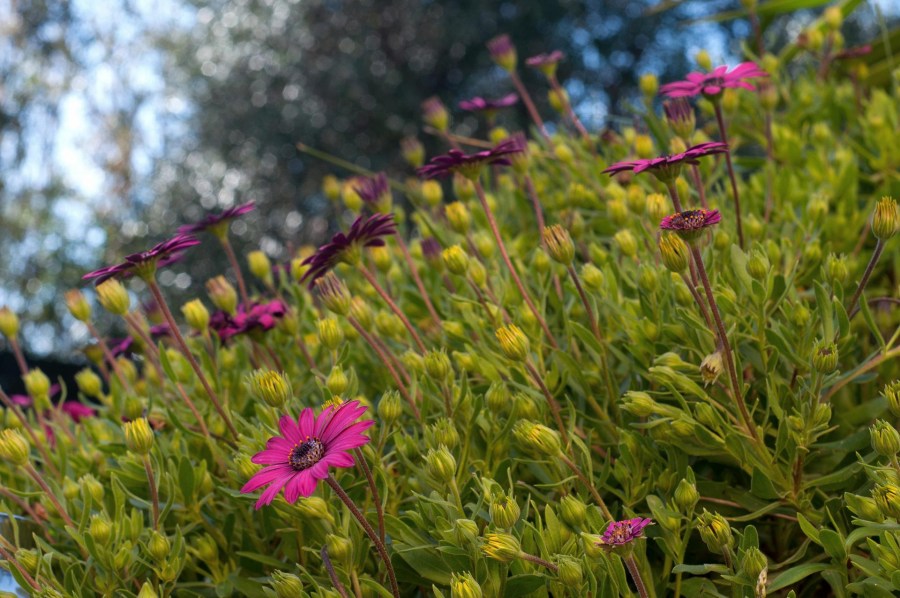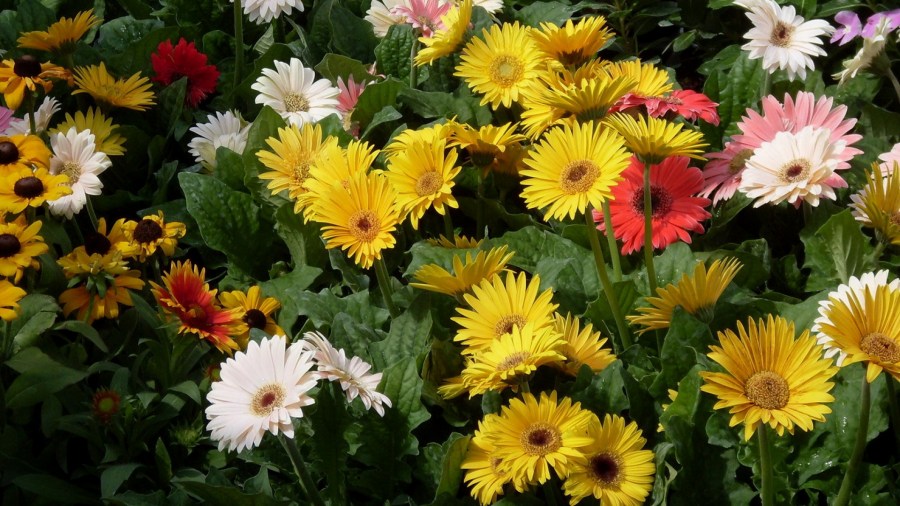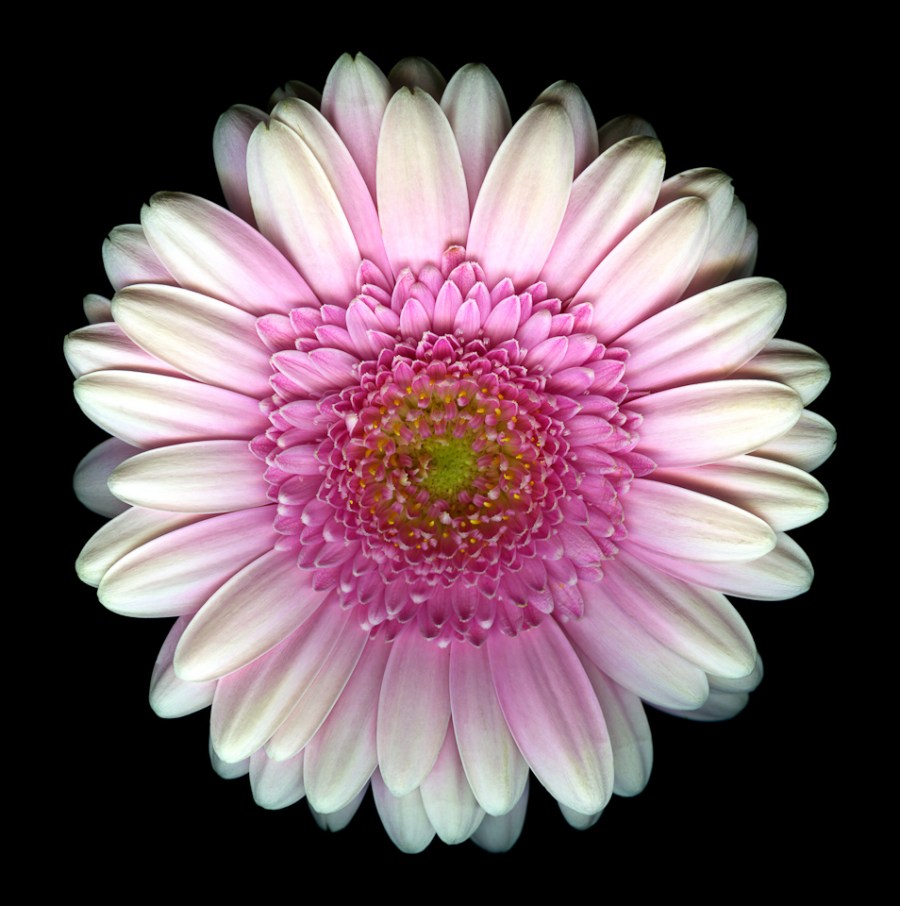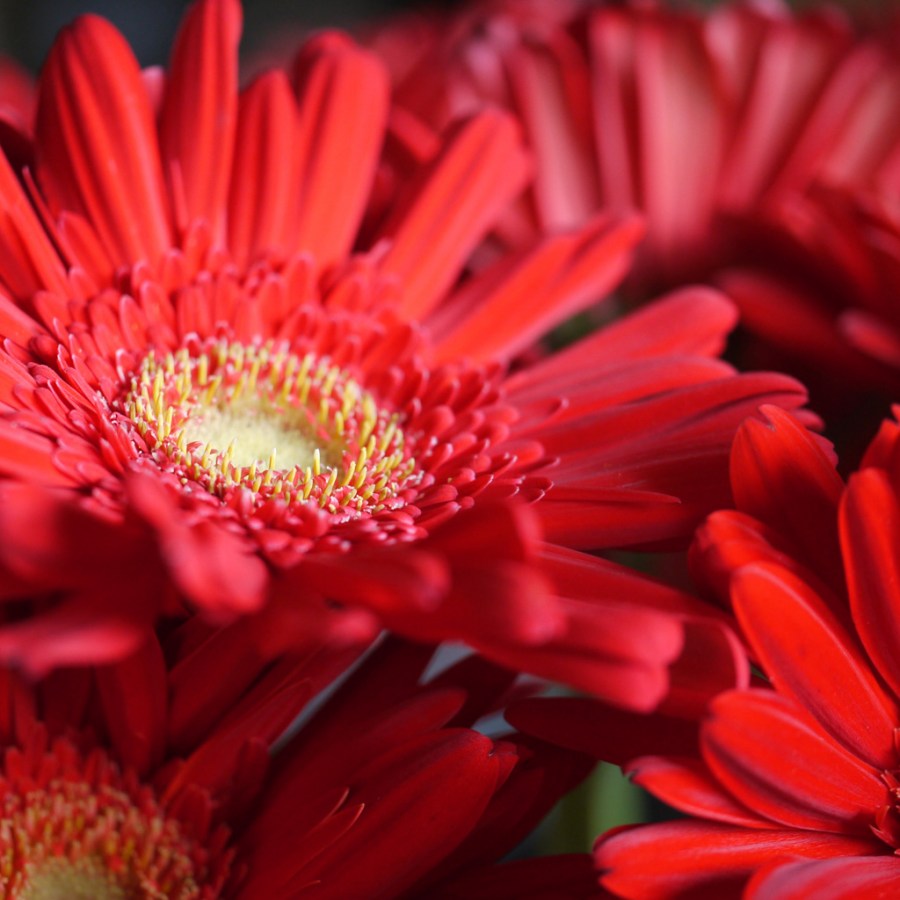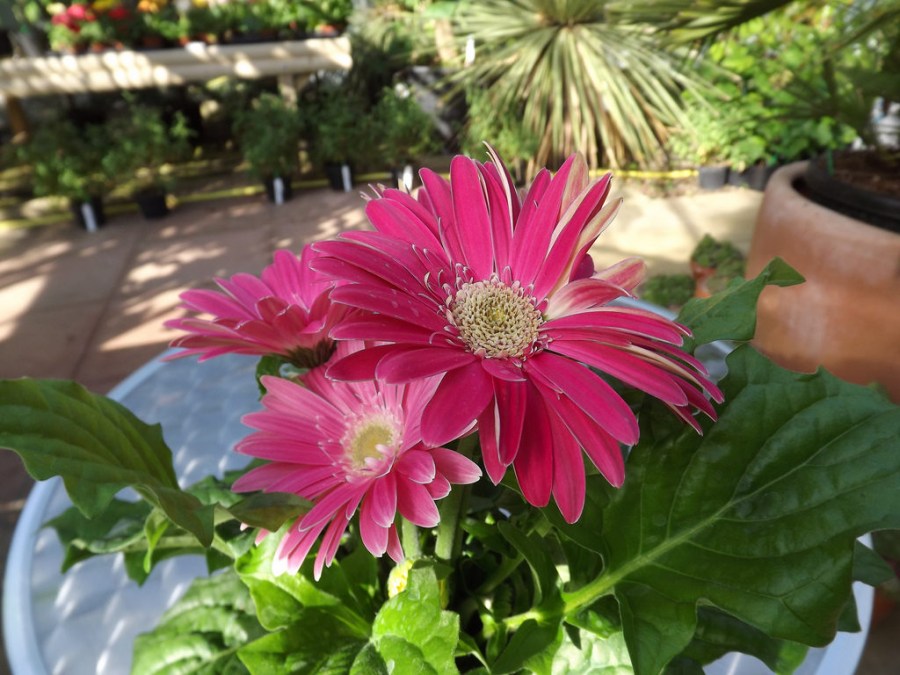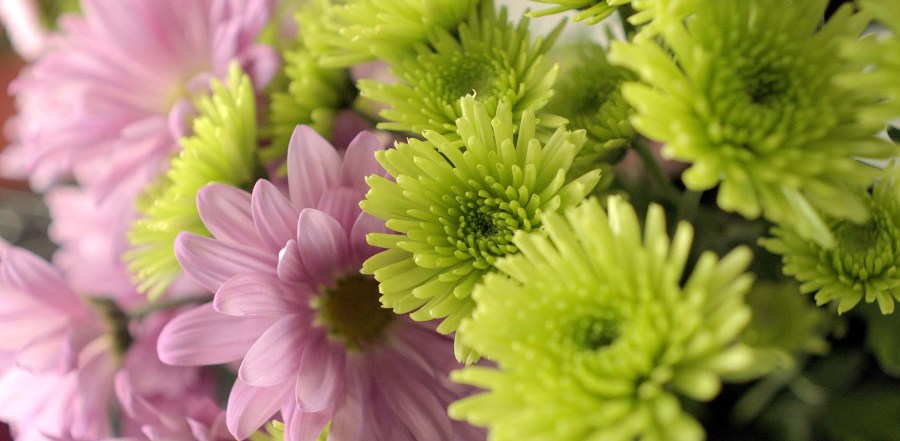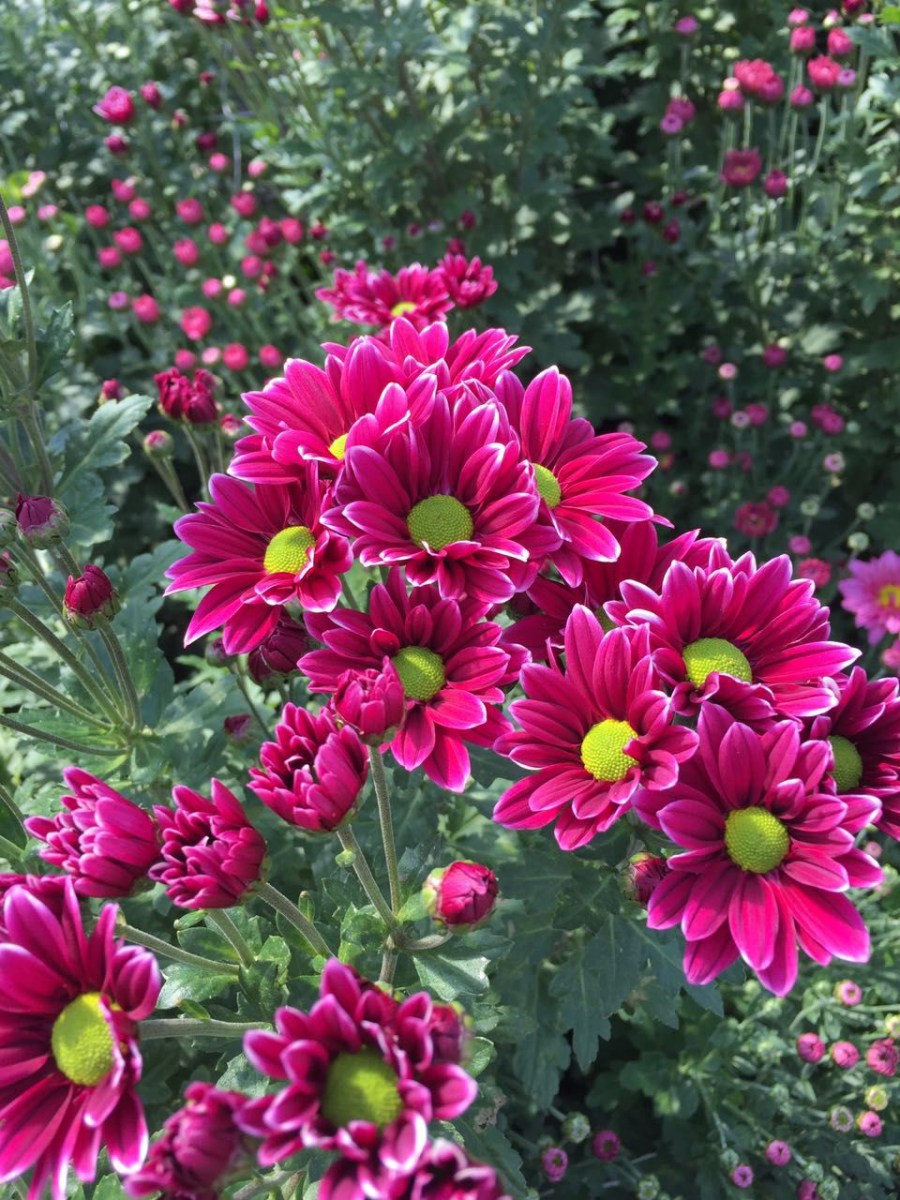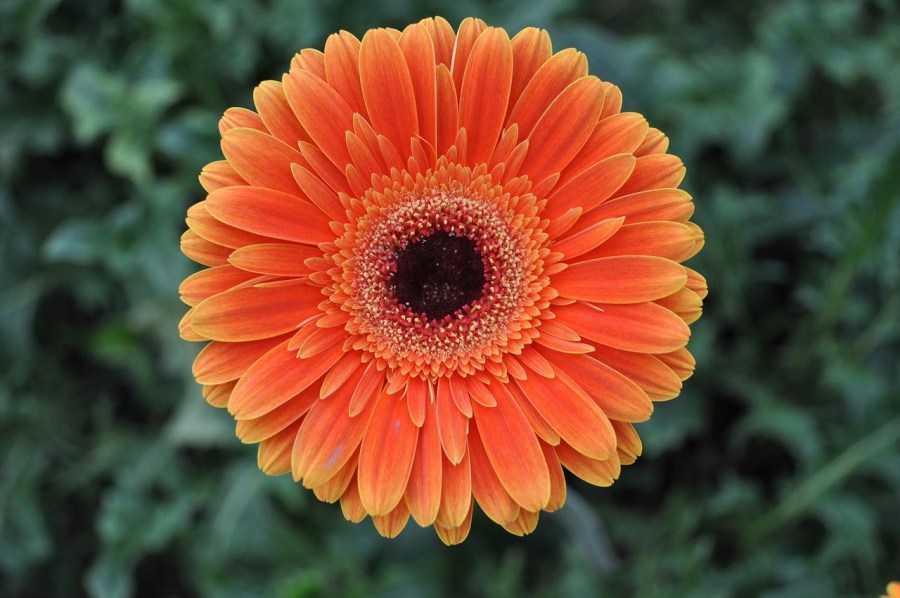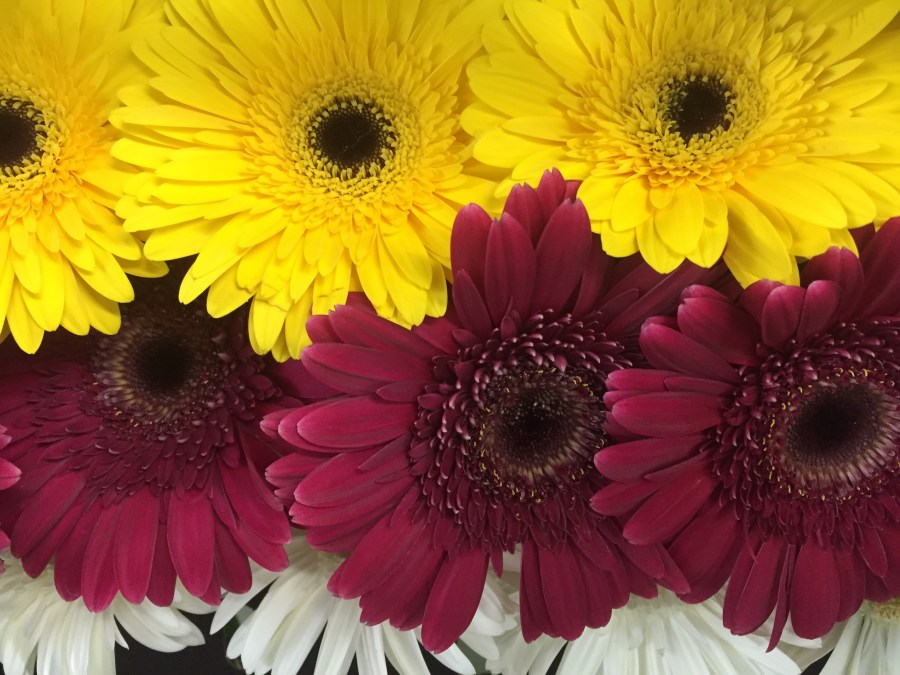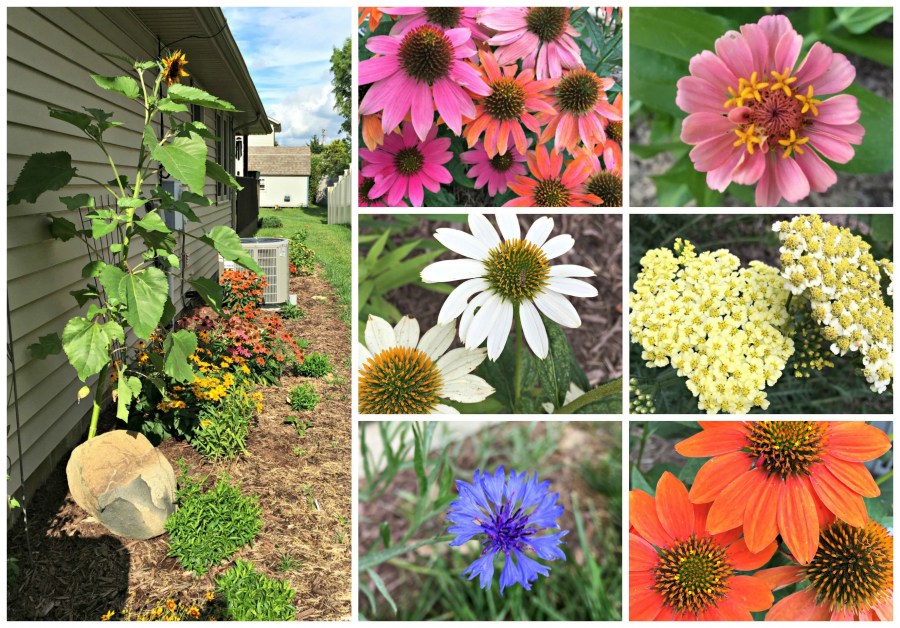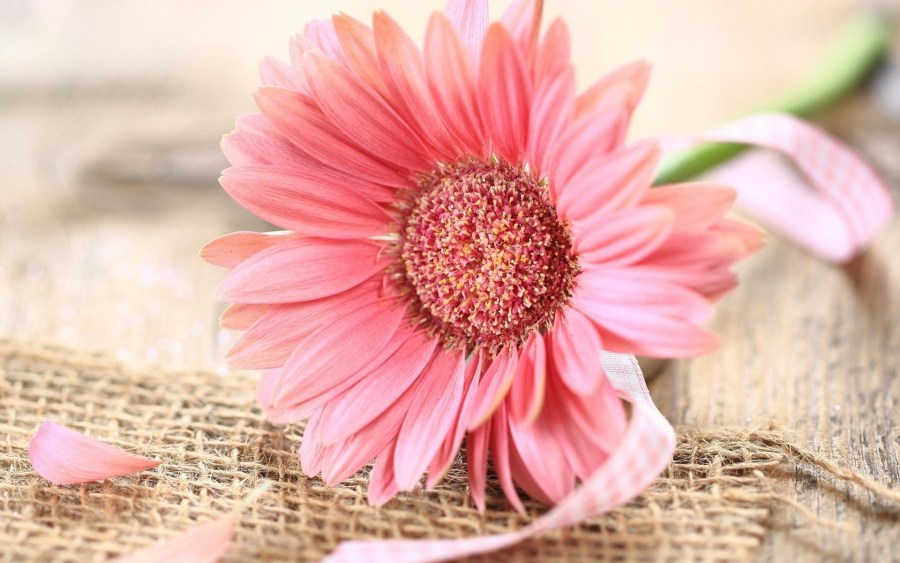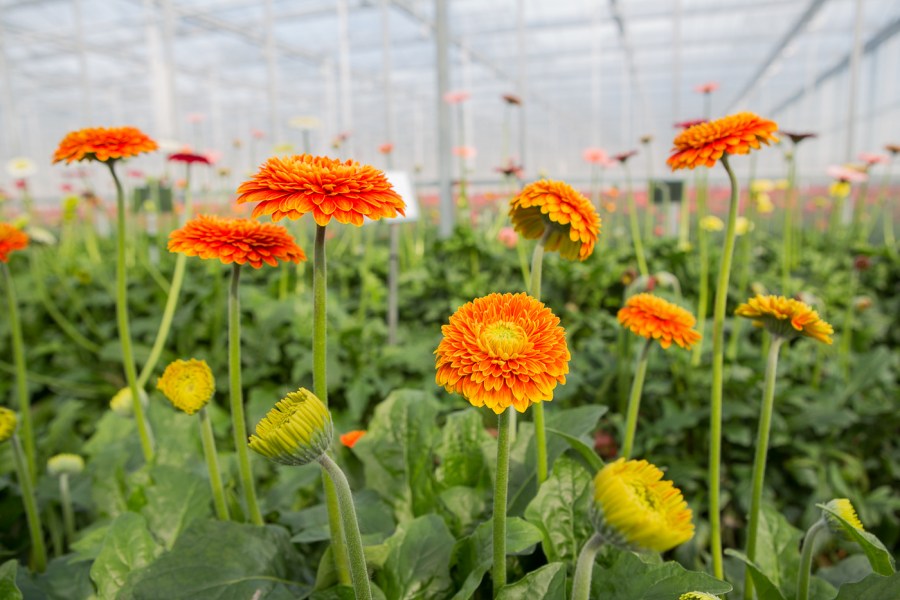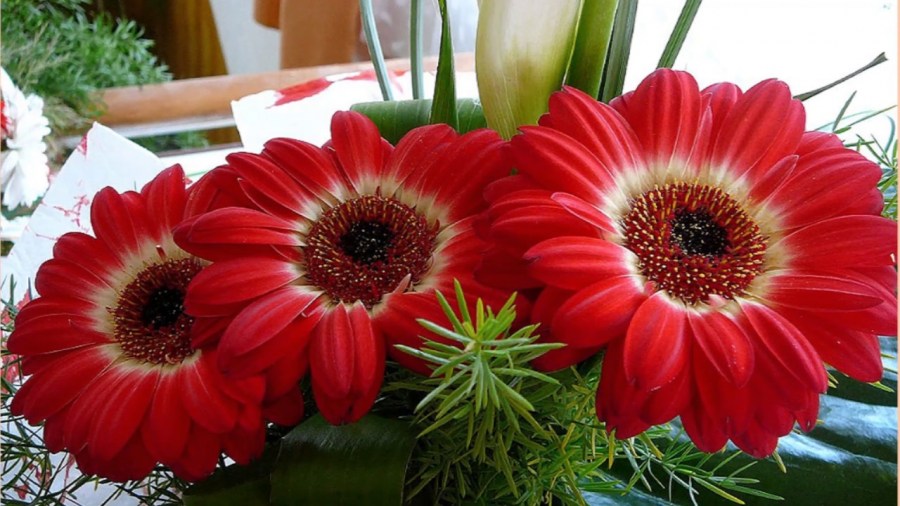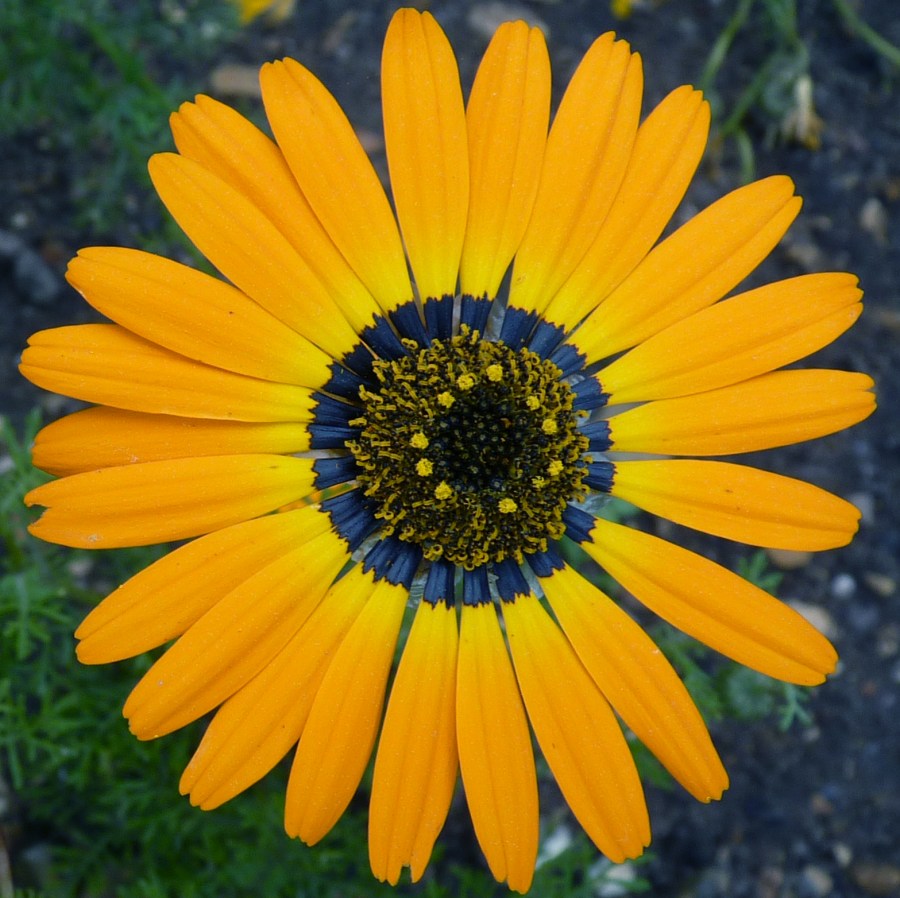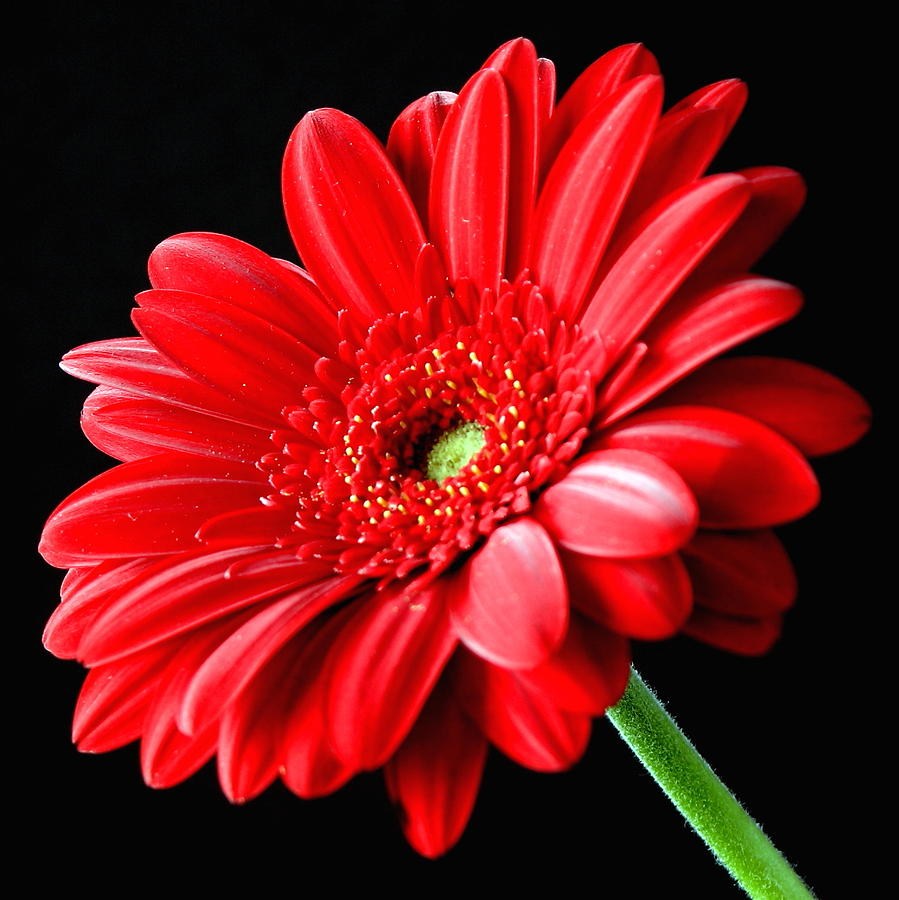Gerbera flowers - instructions for planting and care at home (150 beautiful photos)
Gerbera is an elegant flower from the aster family, having a long thin stem and petals of various shades: from white to burgundy. The plant comes from sunny Africa, where it is considered a perennial. In our climate, gerbera can not survive severe frosts in open ground, so it is grown in houses and greenhouses. For the summer, the flower is put into the garden right in the pot.
Origin of gerbera name
The plant was first described by Jan Gronovius in 1737, who named the flower after his friend Botanist Traugott Gerber.
There is another version of the origin of the name gerbera - not entirely believable, but very beautiful. According to legend, a forest nymph named Gerba had a special external charm.
People of all ages, men and women, admired her. And finally, tired of annoying compliments and increased attention, the nymph wished to turn into a modest wild flower. Therefore, gerbera is associated with sophistication and grace.
In the literature, the name "transvaal chamomile" is often found. It is under this name that the gerbera is known in England and Europe. Indeed, as the gerbera photo shows, the flower looks like a motley daisy, and terry species can be confused with asters.
5 interesting facts about gerbera
There are over 1000 varieties of this flower. With a wide range of colors, there is no gerbera with blue flowers. Breeders repeatedly attempted to breed blue gerberas, but failed to do so.
Gerberas are one of the best-selling flowers in the world and take fourth place after roses, chrysanthemums and carnations.
On the stalks of transvaal chamomile, only one flower can form, so that the plant looks neat and elegant.
Gerberas retain their pristine appearance and freshness for a long time. Bouquets of this flower stand in a vase for more than three weeks without any additional processing.
Gerbera varieties
Gerbera is represented by two main species - Zelenolistnaya and Jackson. Other varieties are basic hybrids. Due to the fact that there are a great many subspecies of Transvaal chamomile, it is advisable to divide varieties into groups according to the size and type of peduncles.
Depending on the color emit:
- yellow (Helios, Brigitte);
- red (Veronica, Romeo);
- orange (Alice, Mirage, Rudite);
- pink (Rosalyn);
- white (Marlene).
Depending on the size of the inflorescences:
- small-flowered (Alkors with cherry-colored flowers, pink Aldebaran);
- large-flowered (orange Vega, pink Migar, yellow Jupiter, orange Saturn)
Depending on the texture of the petals:
- ordinary flowers with smooth petals
- terry (Viola with pink flowers, yellow Kalinka, red Spark).
Gerbera cultivation at home
For indoor cultivation, the most suitable option is Jackson's gerbera and its compact varieties - Happipot, Parade, Ilios. Plants have lush flowers of bright shades, while the height of the stem does not exceed 30 cm.
Before you start planting a gerbera, you need to choose the right cache-pot. Of particular importance is breathability, so it is recommended to pay attention to clay and ceramic containers.
It is also important to observe the temperature regime. The thermophilic plant feels great at an average temperature of 22 ° C during the flowering period.In winter, the temperature should be at around 13 ° C.
Gerbera propagation methods
The plant propagates by dividing the bush or seeds. When dividing, the uterine flower must be at least 3 years old. It is necessary to carefully separate the young cuttings with the rhizome and plant it in a separate pot. The seedling will bloom in a year.
Seeding is done in spring. After germination, the sprouts are thinned. When five leaves appear on the stem, daisies can be planted in separate containers. A slightly acidic soil is suitable.
REFERENCE. When using the bush dividing method to propagate a gerbera indoor flower, the new seedlings will have the same characteristics as the mother plant. If you plant seeds, the resulting sprout may differ from the original in color.
Gerbera Watering
The soil in the pot should always be moist. Use water at room temperature. Watering should be done at the edge of the tank, trying not to get on the outlet. The option of filling the pan with water is possible: in this case, the excess water must be drained after 30 minutes.
IMPORTANT! As well as drying out, excessive moisture should not be allowed, as this will lead to decay of the root system.
Gerbera home flower like moist air. Therefore, it is recommended to spray with a spray gun. This manipulation should be carried out only around the plant, without affecting the flower and root rosette.
Top dressing
Fertilizers of organic origin are contraindicated for Transvaal chamomile. As a top dressing, it is allowed to use mineral fertilizers about three times a month.
Pest and disease protection
Powdery mildew can cause harm to gerbera. The disease manifests itself in the form of white spots on the leaves. To combat the disease, Phytosporin is used, with which the plant is sprayed.
Dying leaves affected by powdery mildew should be removed. In order to prevent, you need to follow the rules of care: do not expose the gerbera to sudden changes in temperature, do not use cold water for irrigation.
Pests are dangerous: aphids, ticks, whiteflies. Disinfecting the soil and treating the flower with special preparations will help get rid of them. Nicotine sulfate is used to kill aphids.
An ordinary soap solution helps to cope with the spider mite, which after treatment must be washed off after a while. For whiteflies, permethrin-based solutions are detrimental.
Useful Gerbera Growing Tips
A transplant is performed as necessary, but this can only be done in the early spring.
From November to February, the flower needs rest to gain strength for the upcoming flowering. During this period, top dressing is not carried out.
Gerbera is a photophilous plant, so the container with the flower should be located in a sunny place, otherwise the stem will stretch, and the peduncles will lose their bright color.
Gerbera flower photo
Shod arbors - 140 photos of the best design of an arbor on a site. Popular options from the pros!
Watering timer - which one to choose? Installation and placement options on the site (80 photos)
Daffodil flower (80 photos) - how to grow and care at home
Low flowers: 75 photos of beautiful design ideas and planting material
Join the discussion:
